Today we’ll examine that long journey that matter has gone through, forged and re-forged in the hearts of stars. In fact, the device you’re using to listen to this podcast has some elements formed in a supernova explosion.
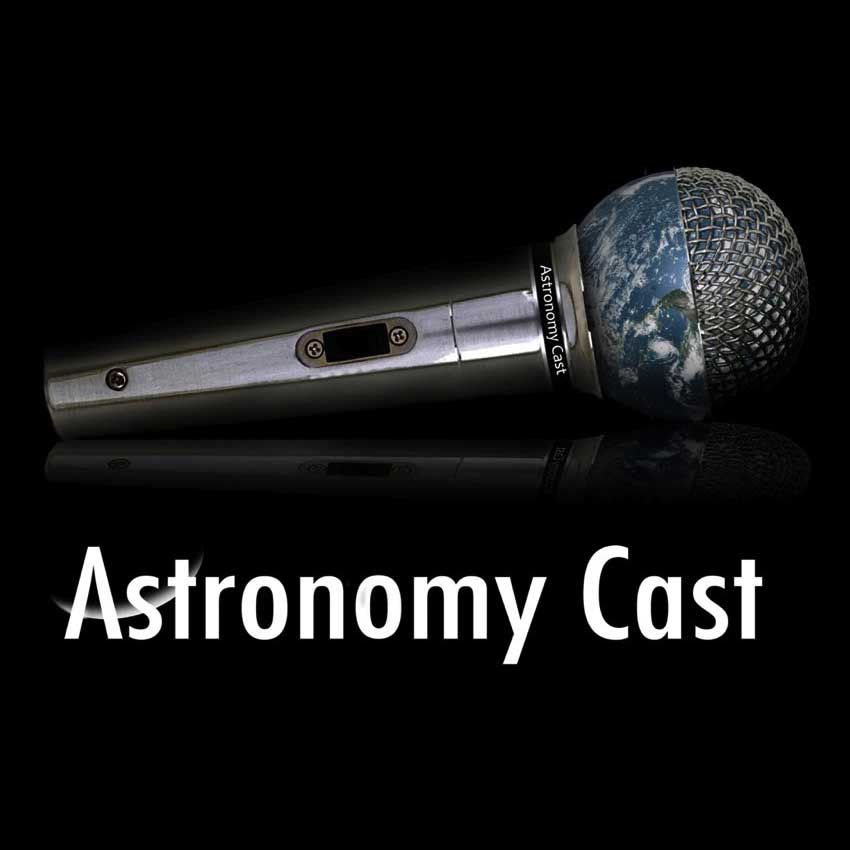

Today we’ll examine that long journey that matter has gone through, forged and re-forged in the hearts of stars. In fact, the device you’re using to listen to this podcast has some elements formed in a supernova explosion.
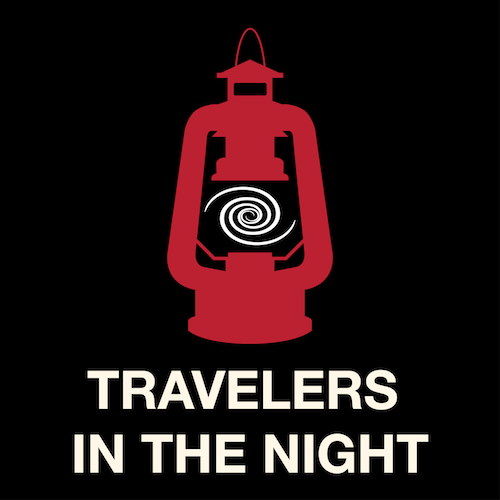
Today’s Travelers in the Night will bring you a story about asteroid Psyche and the possibility of large reservoirs of water in lava tubes on Mars
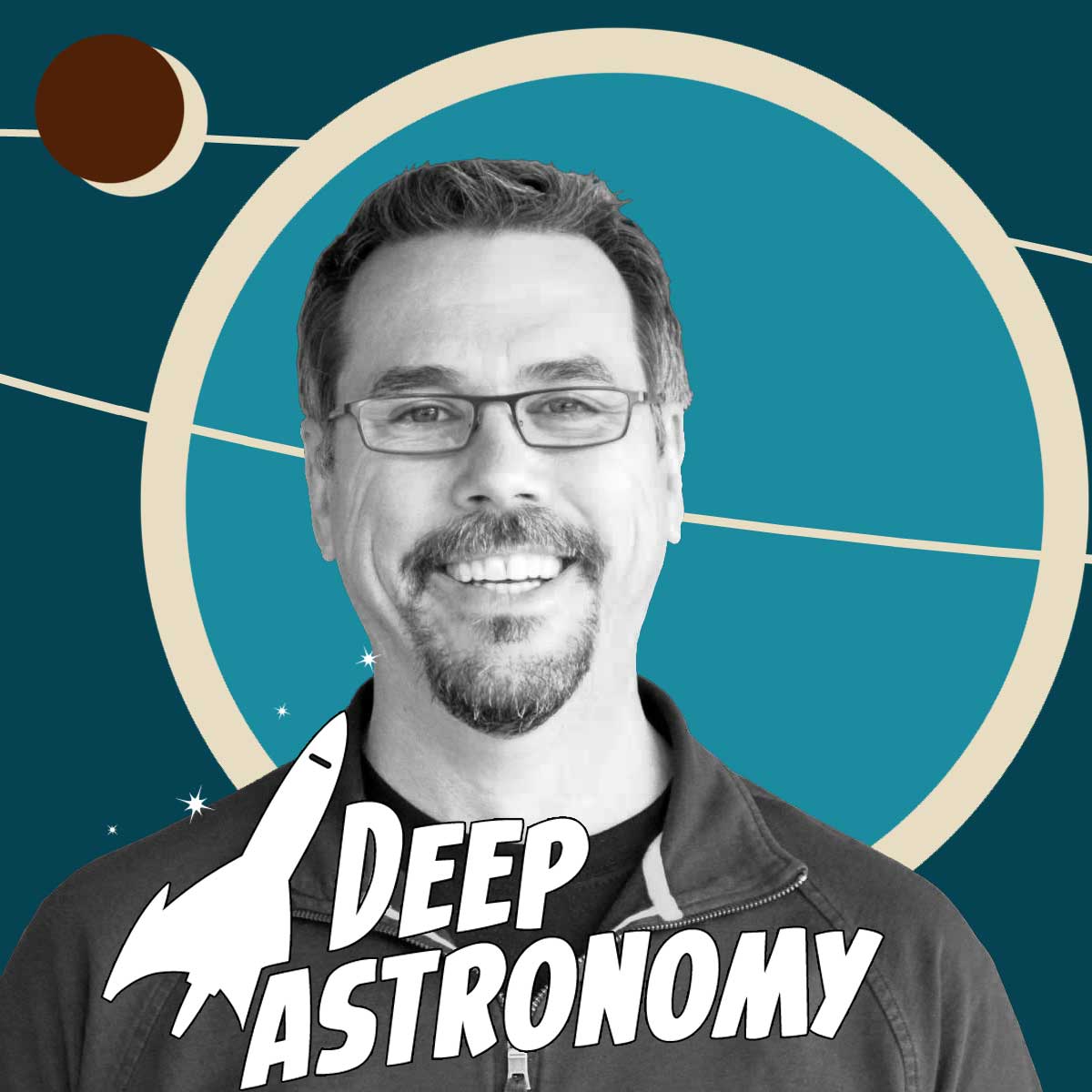
If we send humans to Mars, will they be able to survive? How hostile is the solar system for human exploration?
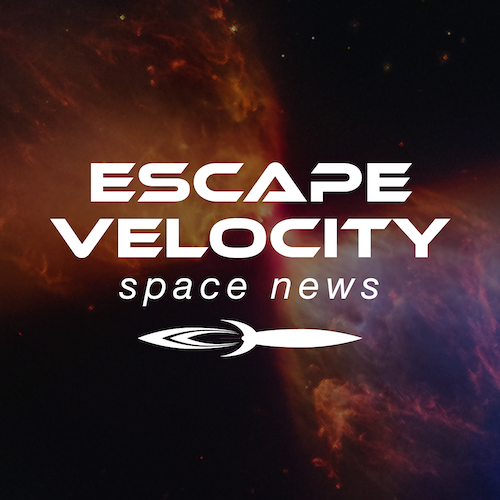
Lets take a closer look at the search for a possible planet in our outer solar system & also aurorae here, Jupiter, & Neptune
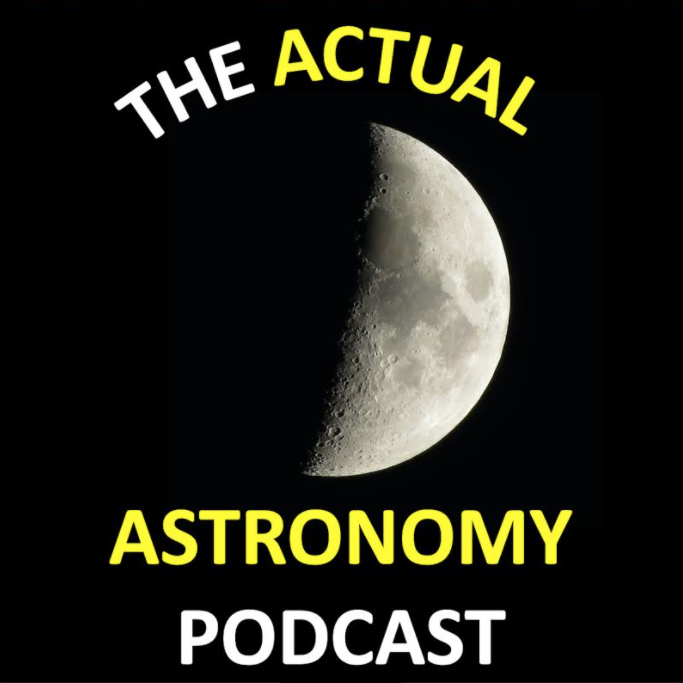
The Actual Astronomy talk about the Moon as it pairs with Saturn, Mercury and Mars. Also the chance to see Clavius Crater or Mare Orientale.
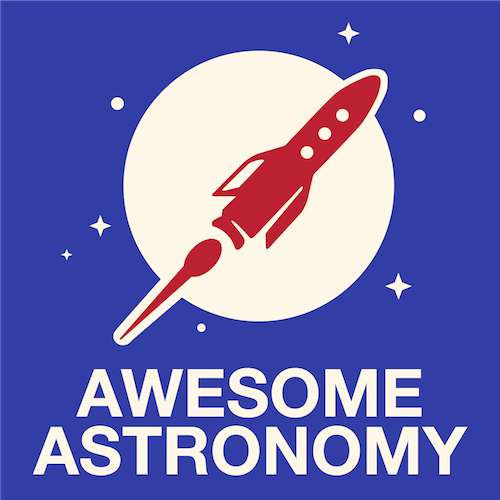
Taking a look at the last 40 years we went from knowing of the handful of planets in solar system to knowing of around 5,000 planets littering the galaxy.

How do fundamental constants appear in physics? Why are they so important? Why do we care where they come from?

As we explore more surfaces and more complex surfaces throughout the solar system, mission teams are designing robot explorers that don’t sit still and also don’t rove. In this episode, we’re going to take a look at the new technologies that are allowing technology to get around.

2017 (was) a good year to view comets with your unaided eye or a pair of binoculars and the discovery of another centaur, 2016 WM48.

Recently, a team of astronomers found a new exoplanet, called 2M1510 (AB) b, that really surprised them. This new exoplanet is special — its orbit looks more like a Ferris wheel!